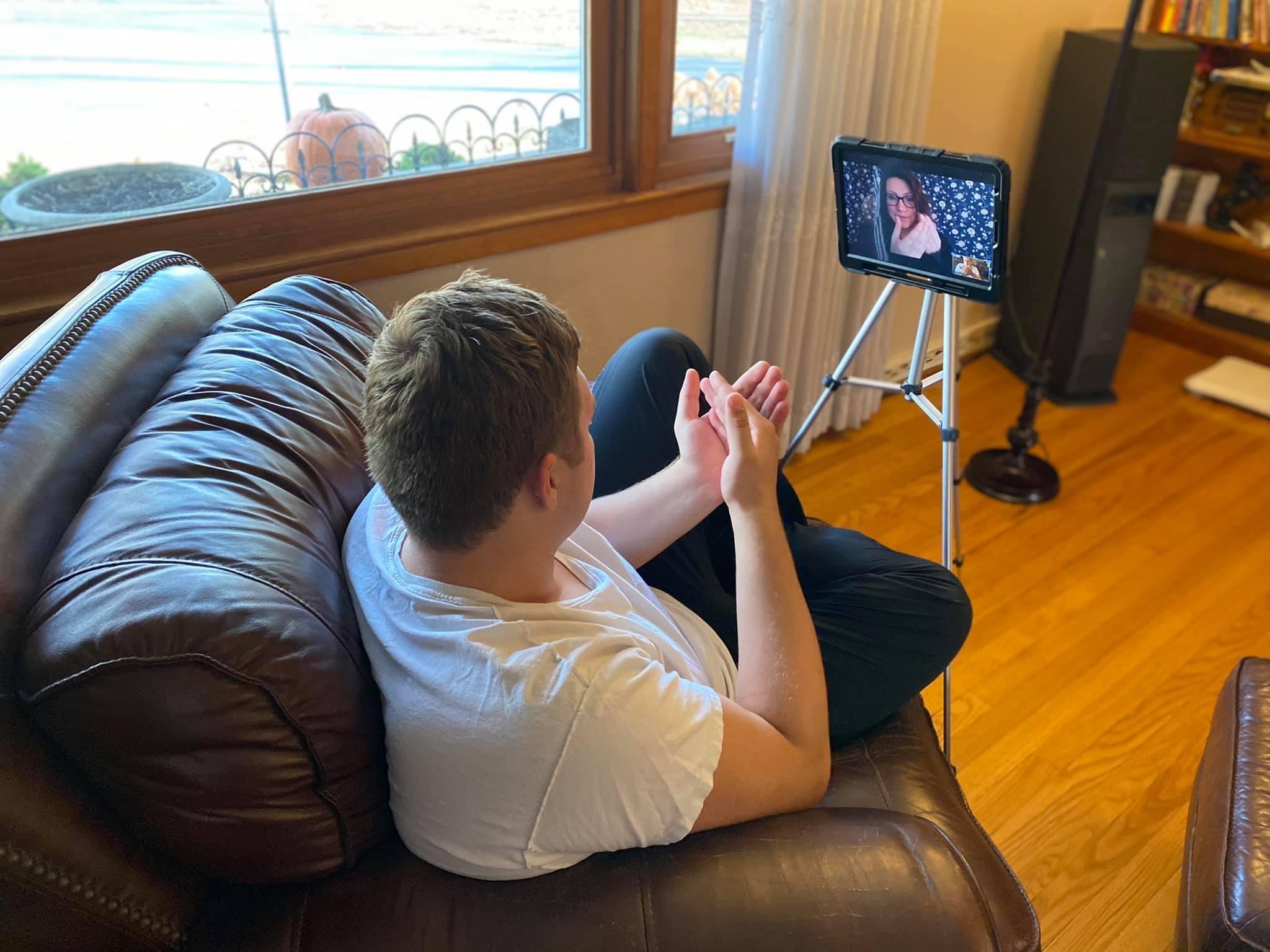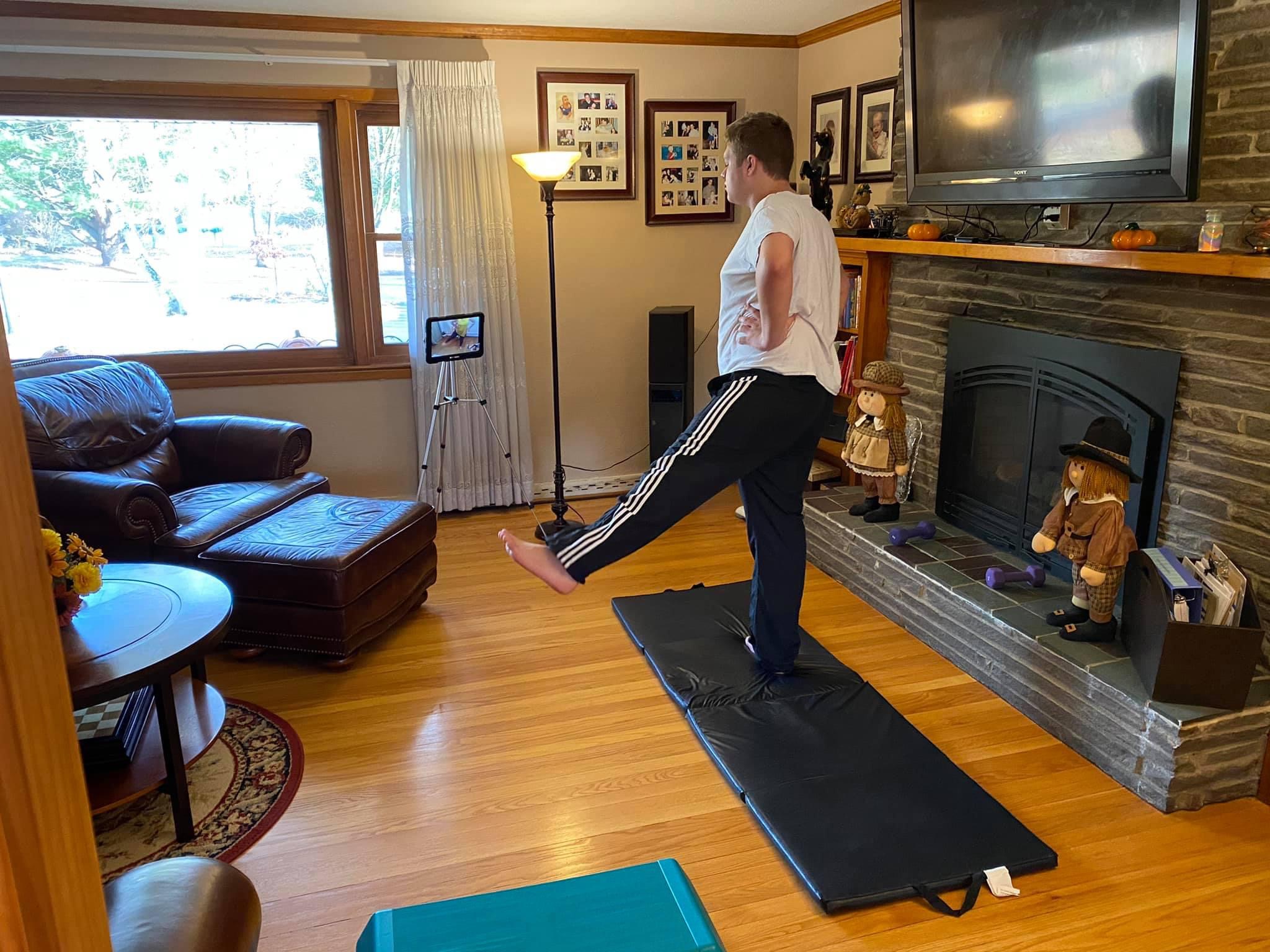Telehealth Services Improve Accessibility For Individuals With Autism
According to the new CDC report, approximately 1 out of 44 children in the United States live with autism spectrum disorder (ASD). My son is one of those individuals, so I know firsthand some of the many struggles that can come with safely accessing health care. Diagnosing ASD early in a child’s development can have a significant effect on a child’s health care and treatment plan. However, due to an overburdened system and a lack of qualified professionals in this field, many families are forced to wait up to 12 months for an initial diagnostic appointment. This lack of access to ASD-specific health care is even more prevalent in rural and lower-income communities. One of the ways health care providers are working to overcome these barriers is by embracing telehealth services.
Telehealth is broadly defined as the “use of electronic information and telecommunications technologies to support long-distance clinical health care, patient and professional health-related education, public health and health administration.” The COVID-19 pandemic forced many of us to rely on remote services to work, attend school, connect with peers, and access health care services. The subsequent improvement and increased availability of telehealth services has provided us with a more accessible way to diagnose, treat and care for individuals with autism.
Several studies have shown that certain treatment models for ASD can be performed easily and effectively through remote care. Studies of telehealth-based models for speech-language therapy showed that the children who received these remote treatments benefited from them and met their communication goals. Studies regarding remote cognitive-behavioral therapy and tele psychiatry came to similar conclusions. Another study examining the feasibility of using lower-cost telehealth services to train parents in implementing applied behavior analysis showed that the parents were successful in providing this treatment, regardless of whether they were directed through in-person or telehealth services. These telehealth models were also significantly less expensive than in-person services.
While this health care model does present several drawbacks, such as technical difficulties and challenges establishing a rapport with therapists over video, it also presents numerous benefits. Removing the necessity of in-person treatment can help children who struggle with transportation, decrease the possibility of missing school or work to attend appointments, and provide broader access to specialists for families living in rural areas. Telehealth services can also decrease wait times and help parents receive diagnoses much sooner.
However, despite the advancements made in remote services over the past few years, several larger barriers prevent us from utilizing telehealth’s full potential. For one, reimbursement rates are not equal everywhere for in-person services versus remote services, which affects the cost of telehealth and can present a financial burden for families. Additionally, while New York State established a telehealth parity law in 2014 to authorize coverage for telehealth services by private insurance, Medicaid and state employee health plans, some states do not allow private payer coverage and vary as to whether they require coverage or reimbursement, include all services, or set the same rates for reimbursement.
Another significant barrier to properly utilizing telehealth services is a lack of access to quality broadband internet. While the FCC states that about 98% of the U.S. is connected to broadband, however, a 2019 report by the NYS Comptroller stated that over 250,000 New Yorkers lack access to reliable broadband services. Thousands of these households are right here in my own Assembly district. While New York has taken steps to further develop broadband infrastructure and telehealth services, including funding projects to create broadband hotspots in low-income communities, we still have a long way to go.
Autism is an extremely complex disorder. Many autistic individuals require highly specialized treatment plans, and methods of care that work for some may not work for all. Our current telehealth system is not perfect, but it is an excellent start to a new way to approach health care. While telehealth should not replace all current practices, it can serve as a helpful supplement to decrease wait times for treatment plans and mitigate some of the common issues related to in-person care, such as travel time and conflicting schedules.
As the chair of the New York State Assembly’s Subcommittee on Autism Spectrum Disorders, I always welcome any and all questions and concerns readers may have. I encourage you to contact my office with your comments, questions or concerns on this matter or any other issues.



